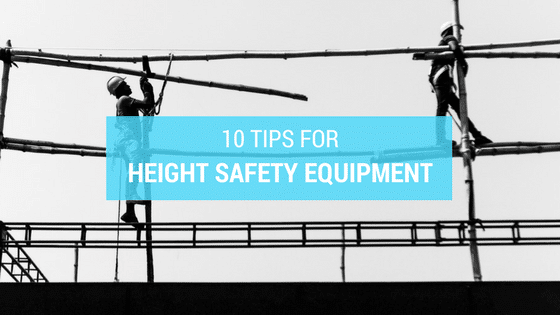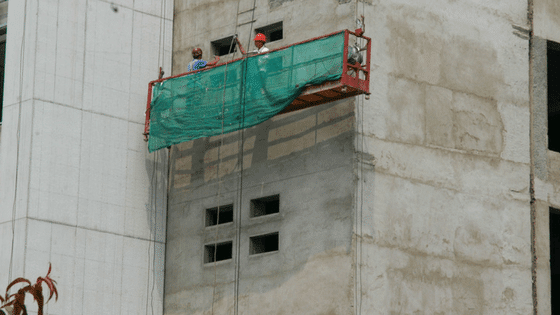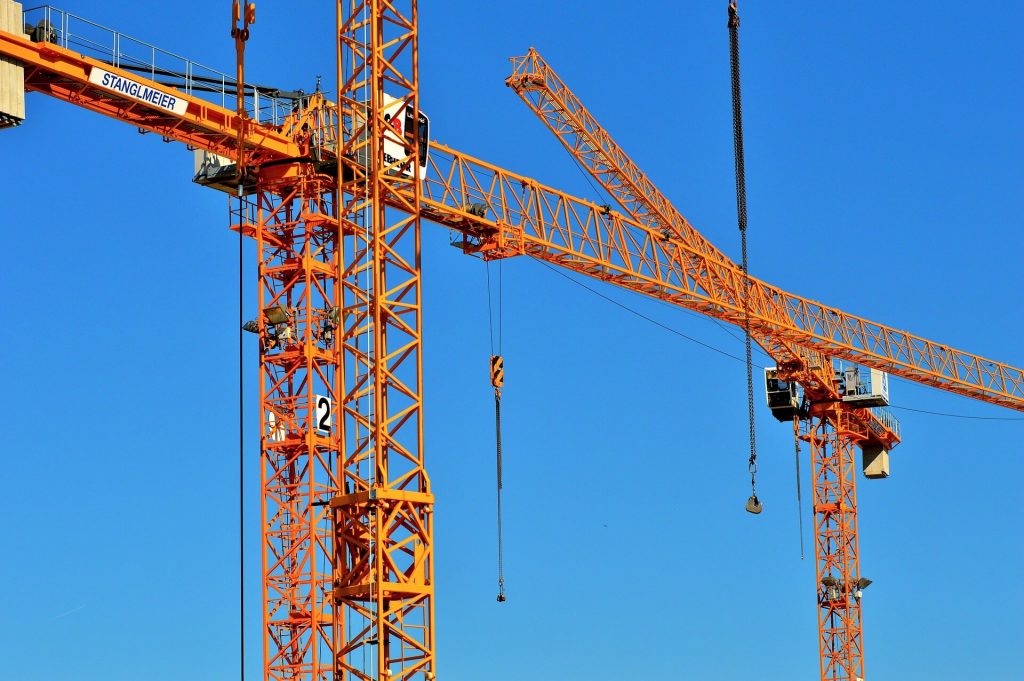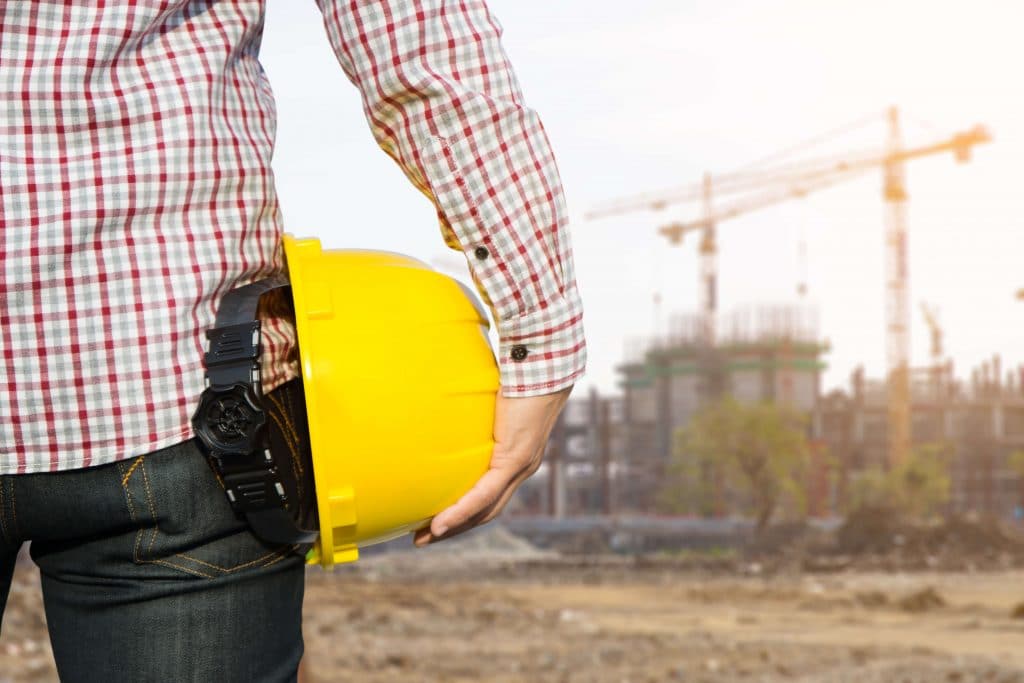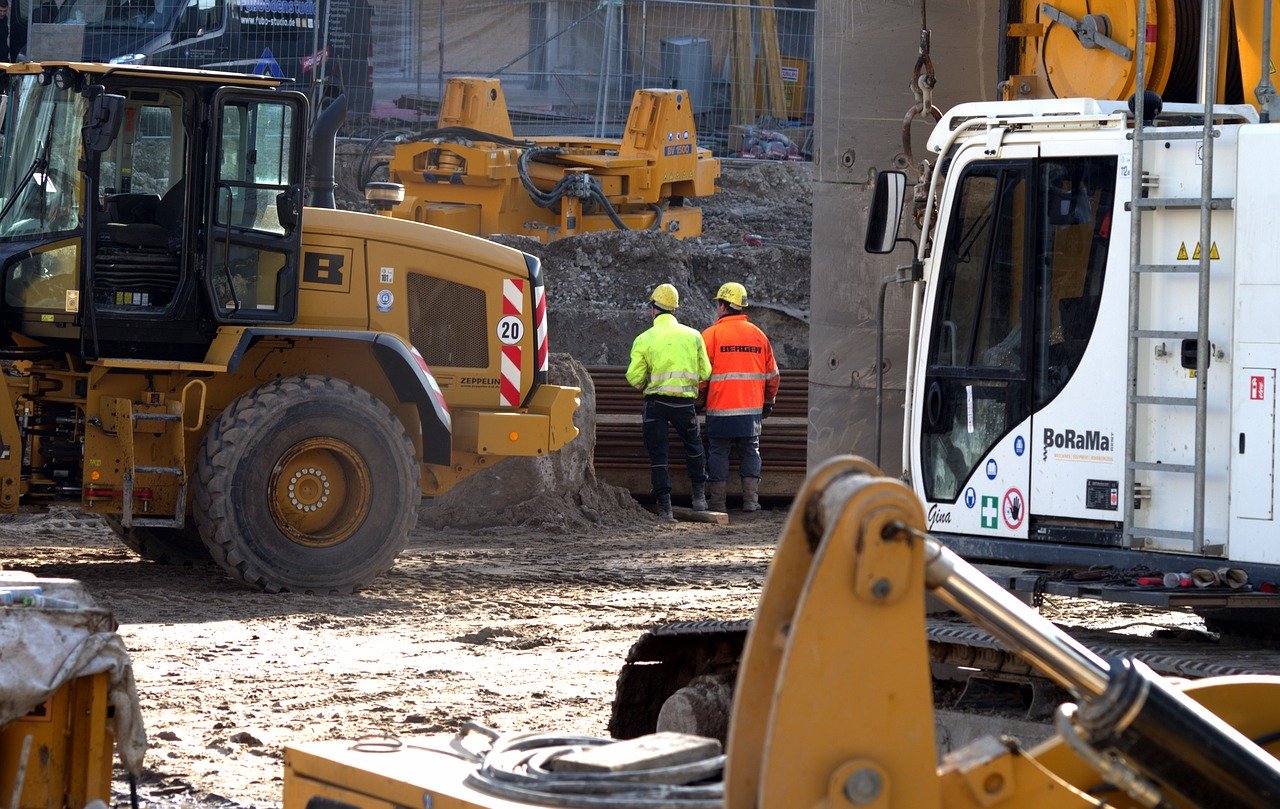When it comes to protecting your workmen/employees on site, it’s important to follow important height safety equipment care instructions in order to ensure the quality and maintenance of such equipment over a period of time. If not, you may end up having to replace your height safety equipment much faster than anticipated – possibly putting your employee’s lives in danger for not properly caring for the equipment that keeps them out of harm’s way. Remember, in order to prevent injuries on the job which involve height safety equipment and possible work accident claims, it’s highly advisable to keep all equipment in quality condition.
Thus, in order to save money over an extended period of time and keep your height safety equipment in top notch condition, it’s important to implement the following height safety equipment care instructions in mind:
1. Avoid contact with chemicals
It’s important when storing height safety equipment, to keep your safety harnesses and webbing products away from petroleum products or solvents – ensuring that your safety equipment remains in a safe storage place away from chemical products which could cause damage long term. This will result in having to replace the height safety equipment before the necessary time period and could put your employees in danger – not to mention the added risk of work accident claims due to failing to follow important safety requirement on site.
2. Dry harnesses before storing
When storing height safety equipment, you have to ensure to follow height safety equipment care instructions by drying your safety equipment in a protected area away from chemicals in order to ensure safe drying – preventing damage and additional costs having to replace height safety equipment. Also, allow height safety equipment to dry in a natural means instead of placing them in a heated environment which could damage the materials.
3. Keep equipment in clean, dry areas
Be sure to keep your safety harnesses and other height safety equipment in well-ventilated, dry areas away from chemical products which may harm them. Remember, after figuring out how to wash your safety harness, it’s just as important to keep the drying process and aftercare instructions in mind – ensuring that you keep them away from direct heat, fumes, direct sunlight, and corrosive products for a prolonged lifespan. If not, you could end up spending more money purchasing new height safety equipment when all you needed to do was properly take care of your equipment.
4. Use a damp sponge
As an employee working on construction sites, you’re bound to get your safety harness and other related height safety equipment dirty. Thus, in order to get rid of excess sand, dirt, and debris, it’s advisable to use a damp sponge to wipe away such dirt if it’s not necessary to thoroughly wash your height safety equipment quite yet.
Want To Know More? The 10 Pros And Cons Of Construction Site Inspections
5. Implement a pH balanced detergent
Depending on the manufacturer’s care instructions, it’s advisable to implement a pH balanced detergent over bleach, chlorine or harsh abrasives which may damage the fabric straps. Thus, instead of taking the risk to wash your safety harness or webbing with normal detergent containing bleach, instead choose a pH balanced washing powder or detergent.
6. Prevent unauthorized access
When storing your height safety equipment, it’s important to prevent unauthorized access to anyone who may want to tamper with the equipment. Thus, for safety reasons, after washing your safety equipment, it’s best to allow your safety harnesses to dry in a well-ventilated locked space away from prying fingers.
7. Store in below 50 degrees Celsius/ 122 degrees Fahrenheit area
As much as you’d like to dry your safety equipment as quickly as possible, it’s absolutely necessary to store any safety harnesses in a dry area with temperatures below 50 degrees Celsius/ 122 degrees Fahrenheit – preventing damage to the equipment and avoiding a potential safety risk. Such high temperatures may affect the performance of the safety equipment.
8. Keep metal equipment separate
In order to avoid metal pieces on your height safety equipment from rubbing together in storage, it’s highly recommended to keep your height safety equipment containing metal pieces separate from one another. This will prevent the metal pieces from experience damage which may compromise the performance of the equipment and overall safety of your employees. Remember, preserving your height safety equipment requires paying attention to the small details which most may overlook.
9. Avoid placing equipment in clothes dryer
As tempting as it may be clean and dry your safety harnesses or webbing products as quickly as possible, it’s absolutely advised against placing your height safety equipment in the clothes dryer with the rest of your clothing. The high temperatures could damage the actual fabric which may place the life of the user in danger at considerable heights – especially if the safety equipment is dried in a dryer over an extended period of time. Instead, allow your safety equipment to dry in its own time in natural circumstances away from direct sunlight or heat.
10. Return to the manufacturer for repairs
If you do find that there’s something wrong with your height safety equipment such as a minor tear or you’re in need of a few alterations, it’s best to send the equipment back to the manufacturer instead of trying to fix or alter the equipment yourself. Not only may you find yourself in a tricky situation where you’re doing it all wrong, you’re putting your own life in danger for a quick fix. Remember, special techniques and materials are necessary for constructing your height safety equipment. Using anything less than the recommended materials to alter or fix your safety harnesses will be a big mistake.
Ensuring that your height safety equipment remains in a quality condition for safety purposes should be of the utmost importance – keeping your employees safe at all times and your height safety equipment maintained and cared for. Remember, safety comes first – especially when you’re responsible for employees working at considerable heights.
Sources: http://www.heightdynamics.com/_blog/height-safety/post/storage-of-height-safety-equipment/
http://www.zero4heightsafety.com/legislation-and-training/care-maintenance-and-inspection/
About the author: Tom Trainor is the founder of Anchored.com.au, height equipment specialists based in Melbourne, Australia
